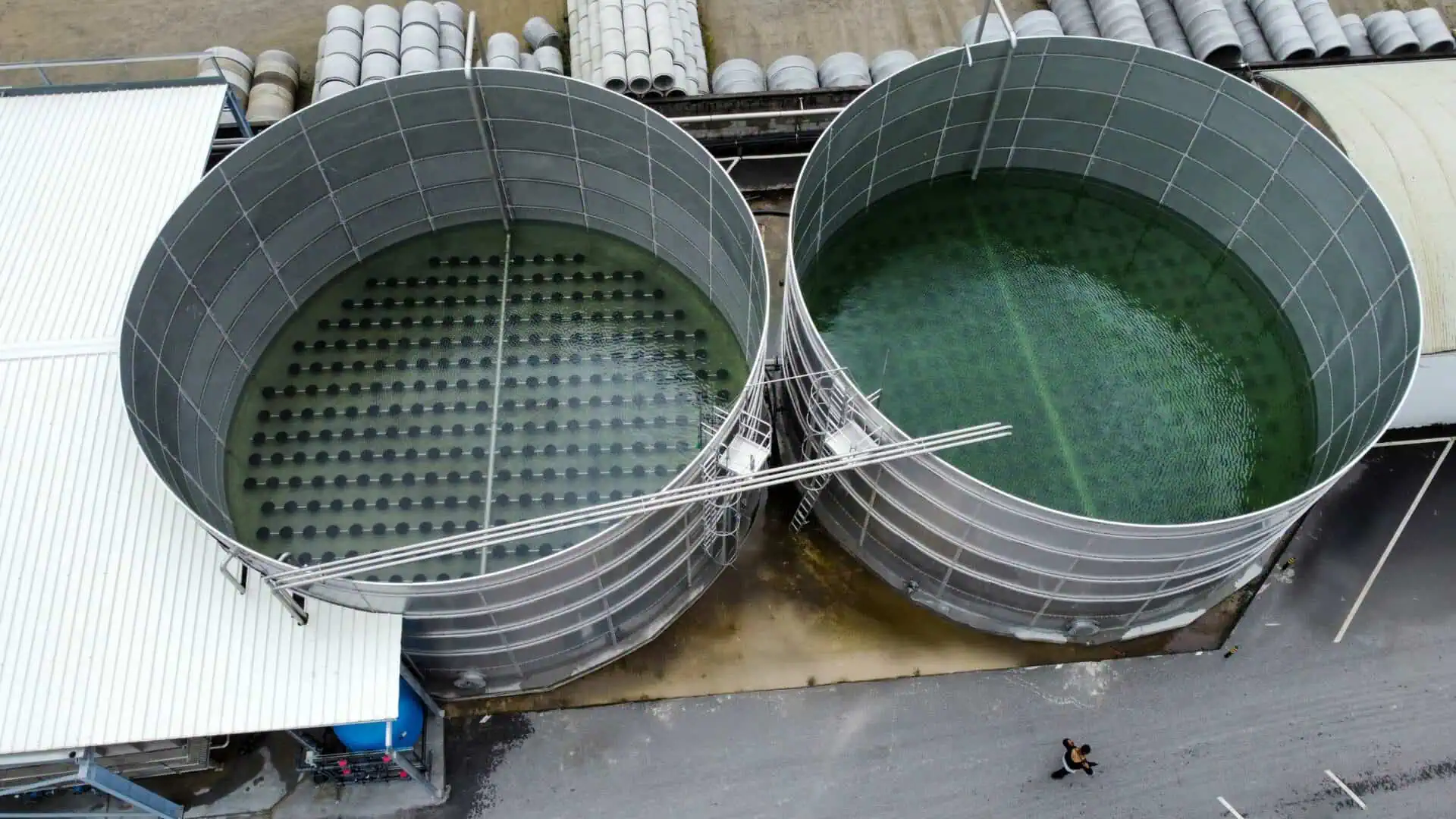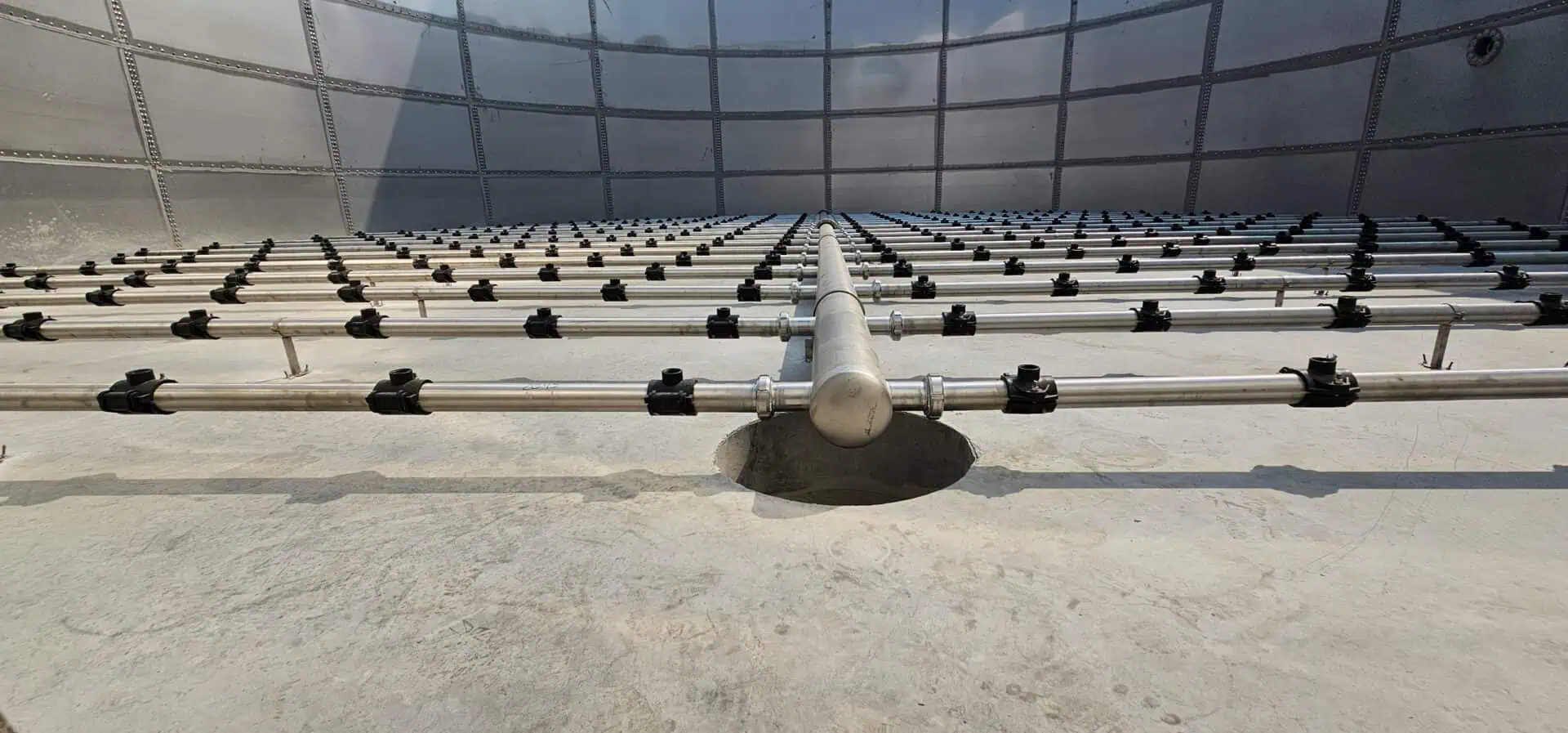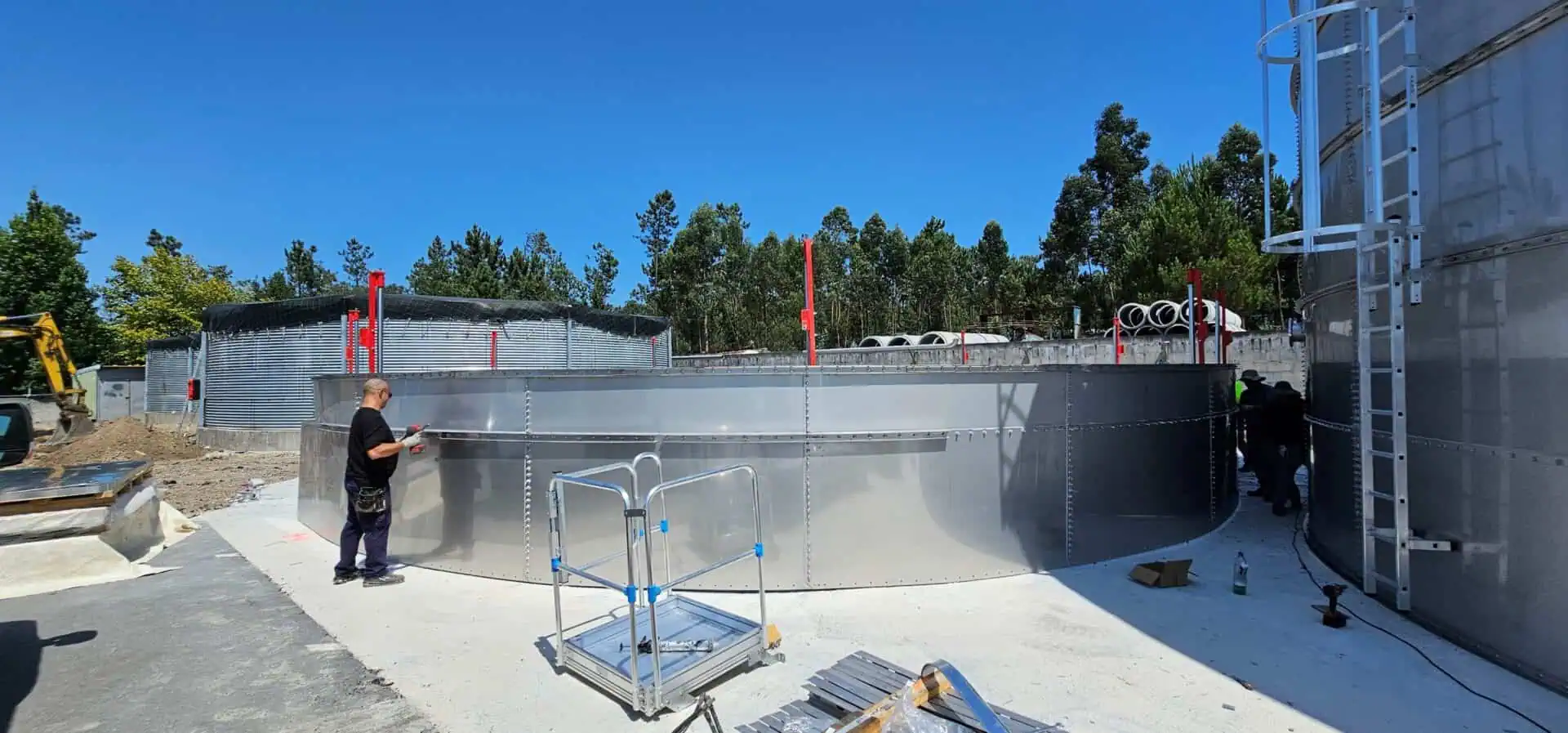Stringent wastewater quality standards are a necessity for the protection of local communities and fragile ecosystems. The textile industry is a large contributor to industrial water usage, and its prevalence in water-scarce regions requires careful management and cutting-edge treatment solutions. With a combination of innovative processes and reimagined technologies, KLINGER Portugal designed and executed a sustainable wastewater treatment and water reuse system in only six months.
Contacts mentioned in the article:
Cláudio Silva, General Manager of LiberAqua Business Division of KLINGER Portugal
Cutting-edge Textile Treatment
In late 2023, textile company Quinta e Santos Score, S.A. asked KLINGER Portugal to design and install a complete treatment process that could reuse at least 40 percent of the treated wastewater. According to Cláudio Silva, General Manager of LiberAqua Business Division of KLINGER Portugal,
“We have lots of experience in the textile industry. But for this kind of reuse, and the quantity we are reusing, it is quite new in that aspect.”
Subject matter experts quickly gathered to build a five-stage facility, tailored to the complex treatment required in textile production. Physical, chemical, and biological treatment all combined to create reusable water that meets both regulatory guidelines and operational efficiency, lowering both energy consumption and chemical usage.

Five stages of water treatment
The KLINGER team began with a screening system, which removes fibers and other large solids that cause blockages and wear on finer equipment downstream. Water next enters biological treatment, which eliminates organic matter and reduces effluent color.
A complex community of microorganisms are cultivated for high metabolic activity, each chosen to consume a specific material. As the biomass blooms, they absorb the colors from the water, gradually returning it to clear. The third stage uses dissolved air flotation (DAF), which uses microbubbles to latch onto suspended particles and float them to the surface for physical removal. These KLINGER systems, perfected for the dairy industry, offer intense energy efficiency and low maintenance costs in a limited footprint.
Multistage filtration through a water recovery station comes next, featuring several levels of increasingly finer filtration and reverse osmosis. This removes contaminants such as salts and dissolved solids, refining the water for reuse. Last is a dewatering unit, to concentrate biomass volume for more efficient and less costly disposal.


40% Water Reuse Achieved
Within six months, the KLINGER Portugal team had Quinta e Santos up and running at full capacity. This novel system offers continuous water treatment with 40 percent reuse capability at up to 50 cubic meters per hour.
“This project represents a significant step forward in promoting sustainable practices within the textile industry,” says José Santos, CEO of Quinta e Santos Score. “The recovery of 40 percent of treated water for reuse not only reduces the reliance on freshwater resources, but also highlights the critical role of circular economy principles in ensuring long-term environmental and economic sustainability.” Cláudio is eager to put what the team has learned to further use, saying “This project lays a strong foundation for continued innovation and progress in sustainable industrial practices, inspiring future advancements in wastewater management and resource recovery.”



